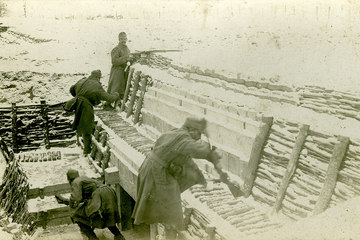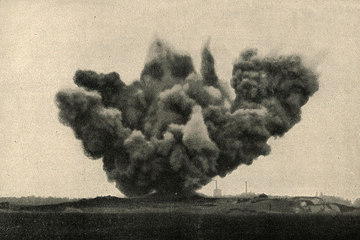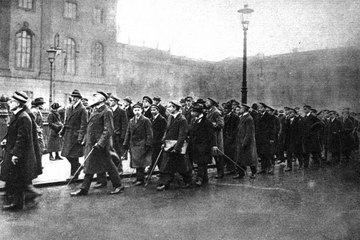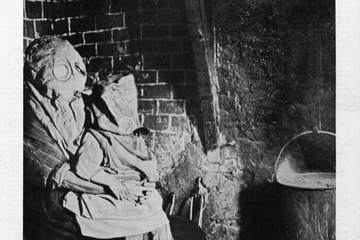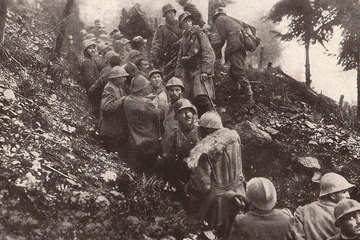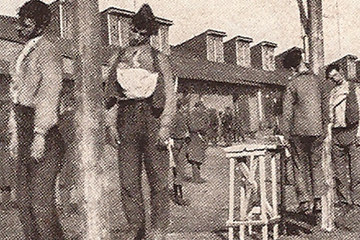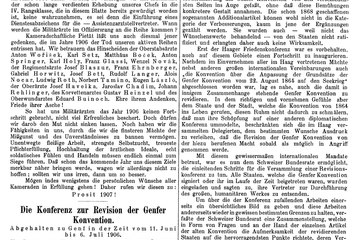Artillery I.: Technical Innovation and late Modernisation
In 1900 it became more than apparent that the guns of the Imperial Artillery were by and large outdated compared to those of the other Great Powers. An extensive process of modernisation was to balance out that deficiency. Yet the projected new gun models could not be brought to readiness for start of production before the beginning of the war in 1914.


